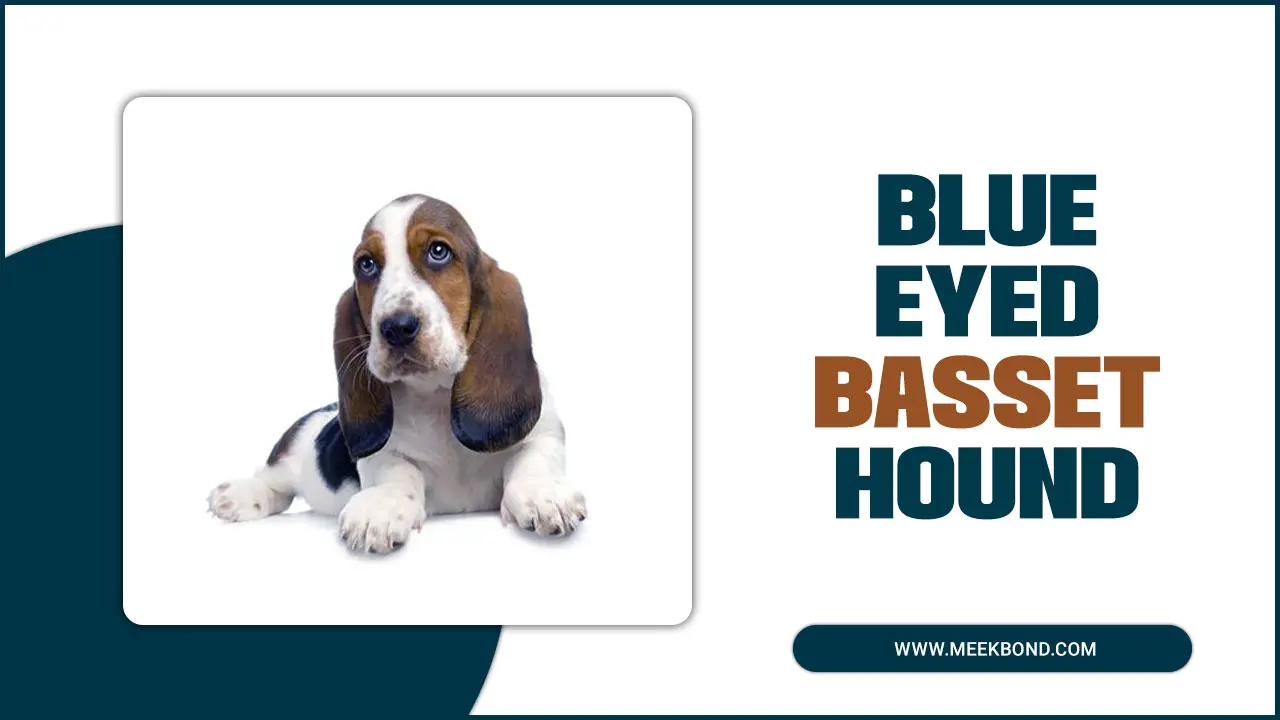Adding a new furry friend to the family can be exciting and overwhelming. While having two dogs is already a handful, a third can seem too much to handle.
But with proper preparation and consideration, adding a third dog can be a smooth transition for everyone involved. One of your biggest decisions is whether to add a male or female dog to the family. Here we will guide you in adding a third dog, male or female.
We will also provide tips on preparing your home and managing interactions between your dogs, including preventing aggression and fostering positive relationships. We will delve into the long-term implications of adding another dog, such as changes in lifestyle and household harmony.
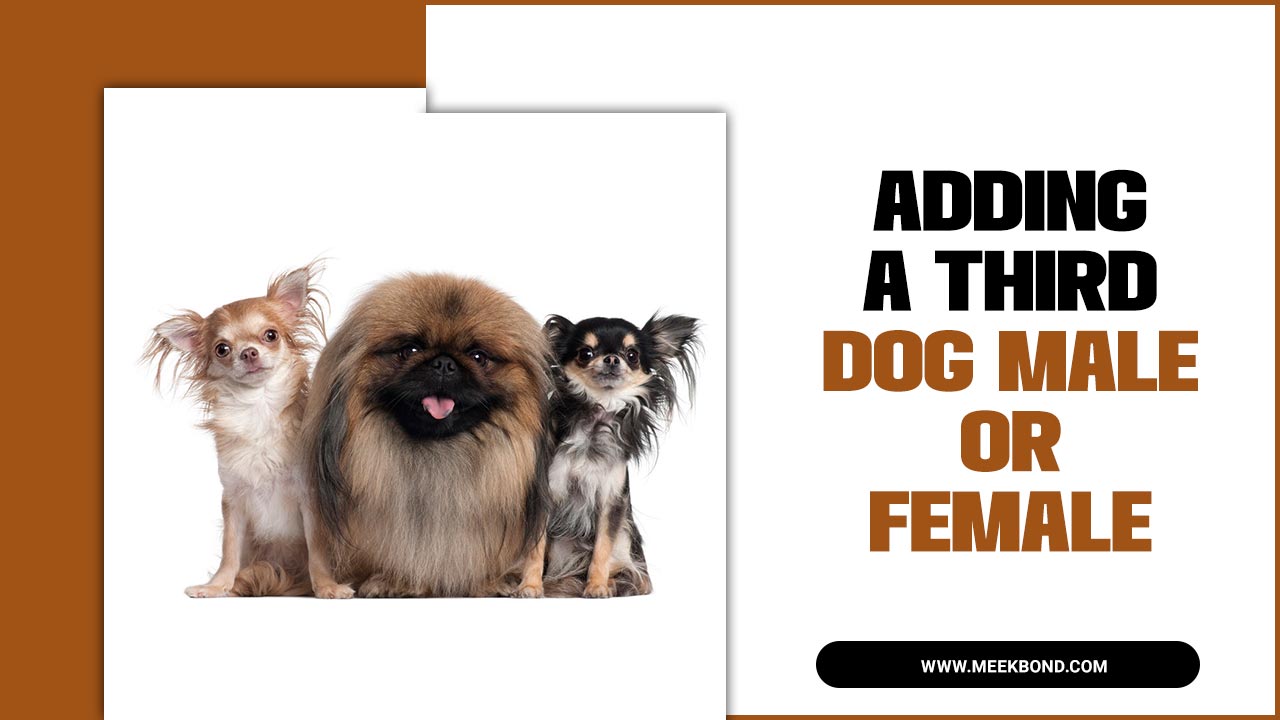
Adding A Third Dog Male Or Female – Which Is Best

Several factors come into play when considering adding a third dog, male or female. The decision should be based on your current dogs’ genders and personalities, breed considerations, and personal preferences. Ideally, having a good role model of the opposite sex can benefit a multi-dog household’s overall dynamics and temperament.
It’s important to consider the gender dynamics and dominance levels of your current dogs and find a good match in terms of energy level and temperament. Ultimately, the focus should be on carefully considering your current dogs’ needs and compatibility rather than solely on gender.
Factors To Consider When Choosing The Gender Of Your Third Dog
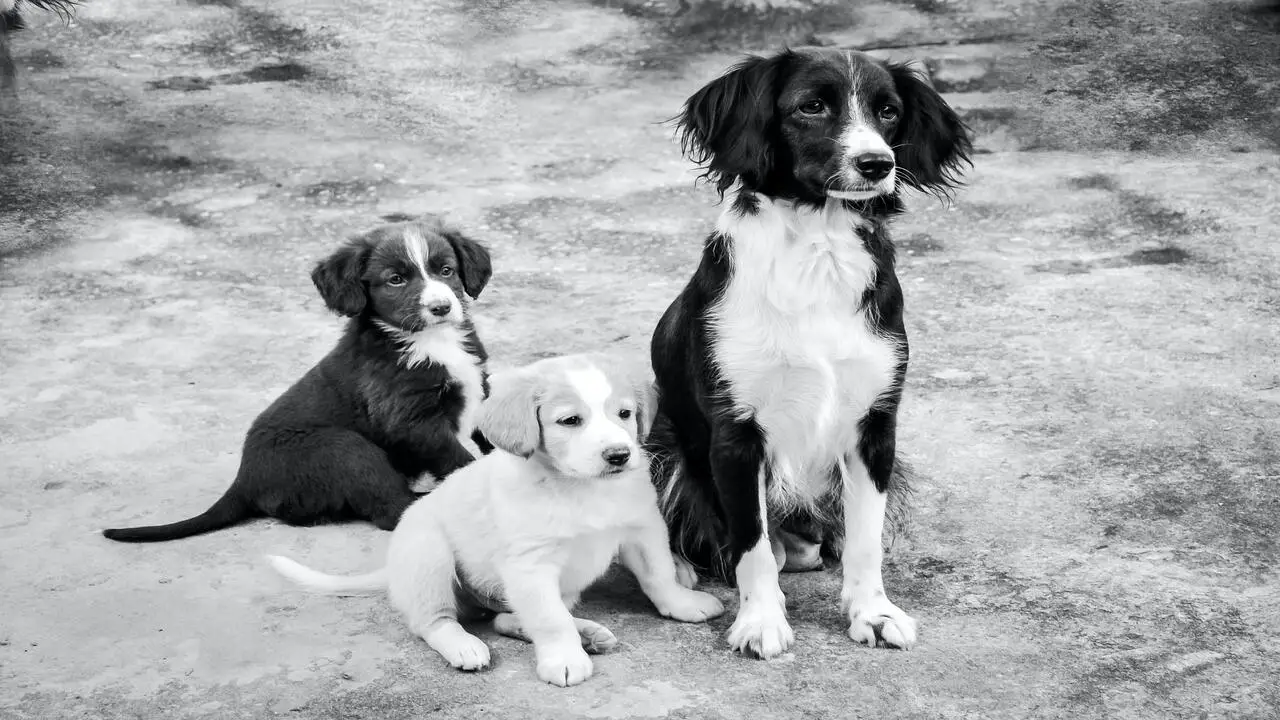
When choosing the gender of your third dog, there are several factors to consider. First, consider the current gender mix of your dogs and how adding a male or female might impact their dynamics. Choosing a dog with a personality and energy level that will complement your current dog is important.
Additionally, consider the age and size of the new dog, opting for one similar to your current dog for easier integration. Spaying or neutering the new dog can help reduce aggression and territorial behavior. Lastly, consulting with a veterinarian or trainer can provide professional advice before introducing a new dog to your household.
The Role Of Gender In Dog Behavior
Gender plays a significant role in dog behavior, making it crucial to consider when adding a third dog to your household. The existing dogs’ genders can affect the dynamic with a new dog, as different genders may have distinct behaviors and tendencies.
Strategies for introducing a new dog of the same or opposite gender include gradual introductions, supervised interactions, and providing enough time and space for each dog. Ongoing training and socialization are essential for all dogs, regardless of gender, to ensure a harmonious multi-dog household. By considering the gender dynamics and characteristics of your dogs, you can make an informed decision when adding a third dog.
The Impact Of A New Dog’s Gender On Your Existing Pets
Considering the personalities and temperaments of your current dogs is crucial before introducing a new one. The gender of the new dog can influence how well they get along with your existing pets. To minimize potential conflicts, it’s important to introduce the dogs slowly and carefully. During the first few weeks after bringing the new dog home, closely monitor their interactions.
If you encounter any issues with aggression or territorial behavior, seeking guidance from a professional dog trainer or behaviorist is recommended. Remember, a successful integration depends on carefully considering your dogs’ personalities and the proper introduction process.
Factors To Consider When Choosing The Gender Of Your Third Dog
When choosing the gender of your third dog, there are several factors to consider. First, think about the temperament and personality of your current dogs. Consider how they interact with each other and their overall temperaments. Additionally, take into account the size and breed of the new dog. Will they fit in well with your current dogs?
If you have male and female dogs, it’s important to consider spaying or neutering to prevent unwanted breeding. Proper training and socialization are important regardless of gender but may vary depending on the individual dog. Ultimately, the decision comes down to personal preferences and comfort level.
Preparing Your Home For A Third Dog

Evaluate your current living situation to ensure it can accommodate a third dog. Introduce the new dog gradually to avoid conflict with existing dogs. Provide each dog with separate beds and food bowls to establish their own space.
Supervise interactions between dogs until they establish a hierarchy and get along well. Consider consulting a professional dog trainer or behaviorist for guidance on introducing a third dog. Creating a harmonious environment for all dogs involves careful planning and preparation.
Establishing Boundaries And Living Arrangements
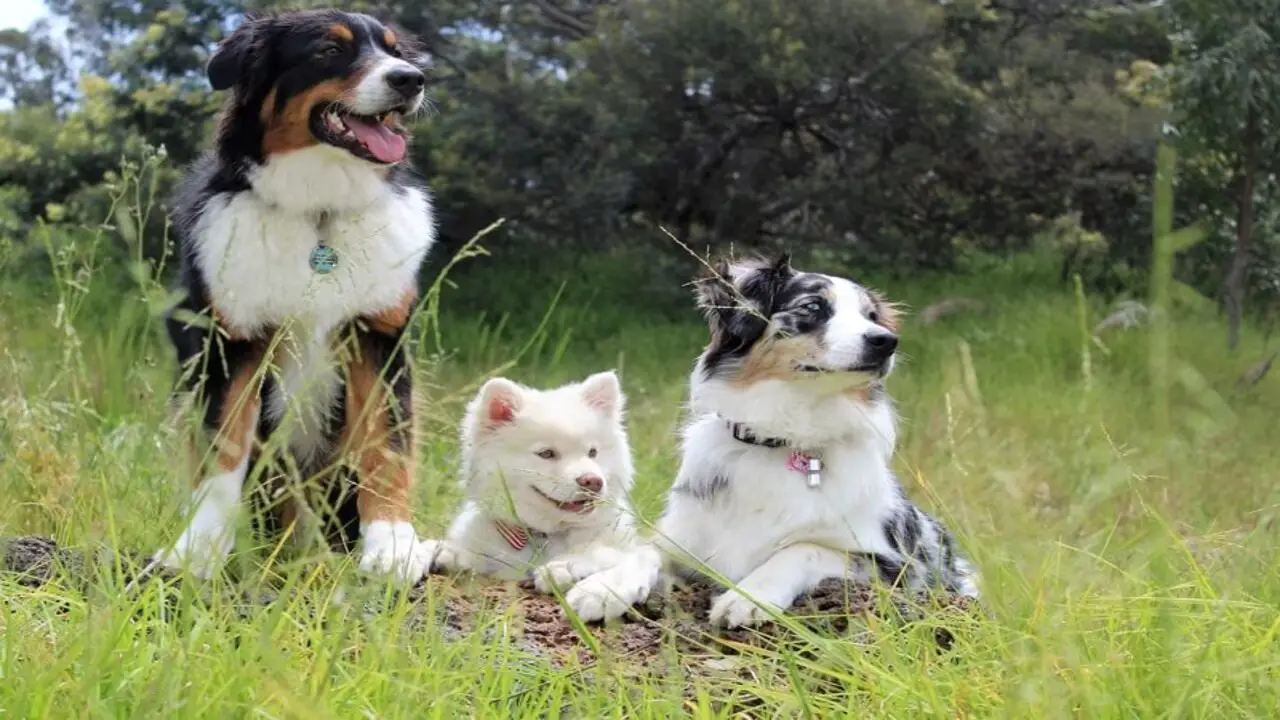
When bringing a third dog into your home, it’s crucial to establish boundaries and living arrangements right from the start. Introduce the new dog gradually, allowing supervised interactions with your current dogs. Consider the gender and age of your existing dogs when choosing a new one, as this can impact their compatibility.
Set clear boundaries and rules for all dogs to follow, ensuring a harmonious household. If necessary, plan for separate living arrangements to prevent any conflicts. Remember, seeking advice from a professional trainer or behaviorist can provide valuable guidance.
Training Strategies For Introducing A New Dog
To ensure a smooth introduction between your existing dogs and the new addition, it’s important to follow some training strategies. The gradual introduction is key; allow the dogs to meet in a neutral location and slowly introduce them to each other.
Always supervise their interactions, rewarding good and discouraging bad behavior through positive reinforcement. Consistency is crucial, so ensure all household members are on the same page with training methods. Finally, be patient, as it may take time for the dogs to adjust and form a bond.
Managing Interactions Between Your Dogs
When adding a third dog, male or female, to your household, managing interactions between your dogs is crucial for a harmonious environment. Introduce the new pup gradually and always supervise their interactions. Consider the age and gender of your current dogs when choosing a new playmate.
Establishing clear boundaries and rules for all dogs to follow is essential. If necessary, plan for separate living arrangements to prevent territorial issues. Seeking advice from a professional trainer or behaviorist can also be helpful. Remember, patience is key, as the dogs may need time to adjust and form a bond.
Preventing And Addressing Aggression
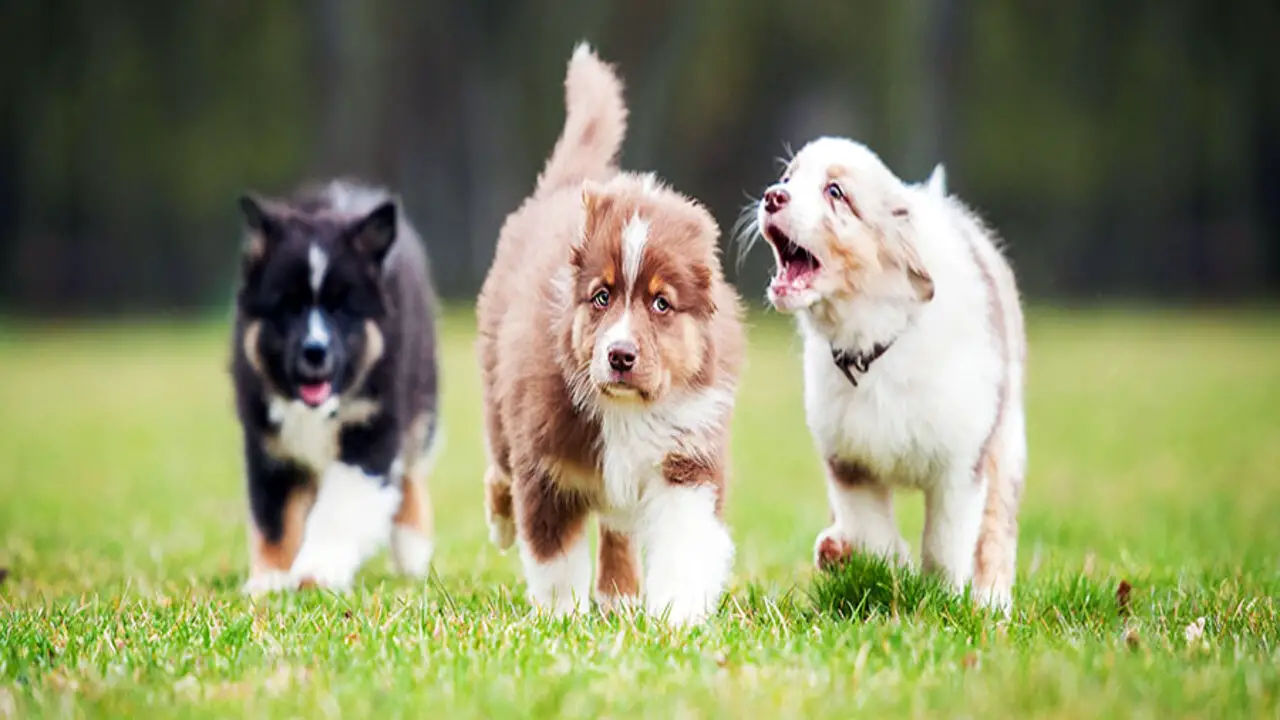
Preventing and addressing aggression is crucial when adding a third dog to your household. Proper introductions and training are key in fostering positive relationships between the dogs. Gradual and supervised interactions and positive reinforcement training can help prevent aggression.
Consistency in training methods and patience are important as the dogs may need time to adjust and form a bond. It’s also essential to consider the dog’s gender, personality, and dynamics within the pack. By considering these factors and addressing any aggression early on, you can ensure a harmonious and happy environment for all your furry companions.
Fostering Positive Relationships Between Your Dogs
Introducing a new dog to your family requires careful planning and consideration of your current dog’s temperament and dominance levels. Creating a neutral territory for the dogs to meet is important, allowing them to establish a positive initial interaction. Supervised playtime and obedience training are essential in building trust and companionship among your dogs.
Be mindful of the overall dynamics and ensure that each dog receives equal attention and affection. With proper introductions, time, and training, adding a third dog can lead to a happy and harmonious family dynamic. Foster a positive relationship by providing a nurturing environment and promoting healthy interactions between your dogs.
The Long-Term Implications Of Adding A Third Dog
Adding a third dog to your household can have long-term implications for your furry friends and family. It provides more dog companionship and expands the social circle for all family members. When considering a new dog, it’s important to consider factors such as age, breed, and temperament to ensure a good match with your existing dogs.
Adding a third dog may require additional feeding, grooming, and healthcare time and resources. Be prepared for an adjustment period as the dogs establish their roles and hierarchy within the pack. Neutering or spaying all dogs can help minimize dominance-related issues and promote a more peaceful coexistence.
How Will Adding A Third Dog Affect Your Lifestyle?

Adding a third dog to your family can significantly impact your lifestyle. It means taking on more responsibility and potentially doubling the work in feeding, exercise, and training. Consider the gender of the new dog and how it will interact with your current dogs.
The energy levels and play styles may differ depending on the breed and individual personalities. While adding a third dog can enhance your life with more love and companionship, it requires time and energy.
Conclusion
Adding a third dog to your family can be a wonderful and rewarding experience. Whether you choose a male or female dog, there are a few factors to consider. The gender of your new dog can have an impact on the dynamics between your existing pets, so it’s important to choose wisely.
Preparing your home and managing interactions between your dogs is key to a smooth transition. But most importantly, think about the long-term implications. How will adding a third dog affect your lifestyle?
Will it increase harmony or chaos in your household? You can create a happy and harmonious pack by carefully considering these factors and taking the necessary steps to ensure successful integration. Hope now you understand adding a third dog, male or female.
Frequently Asked Questions
Is It Okay To Have 3 Female Dogs?
While it is okay to have 3 female dogs, it may increase territorial behavior and competition. Gradual introductions and close monitoring are crucial. Spaying or neutering can help reduce aggression and prevent unwanted breeding.
What Happens When You Add A Third Dog?
Adding a third dog to your household can be a significant adjustment for everyone involved. Being pack animals, dogs may establish a new hierarchy when a new dog is introduced. It is crucial to introduce the dogs slowly and supervise their interactions while providing each dog with space, food, and toys to prevent conflicts.
What Gender Should The Third Dog Be?
When deciding on the gender of your third dog, remember that temperament and compatibility are key. Consider your existing dogs’ personalities and introduce potential additions in a neutral setting. Seek advice from professionals like veterinarians or trainers to ensure a smooth transition into your pack.
Is There Any Chance Of One Dog Having Intercourse With Another Dog?
Dogs may display sexual behavior like mounting or humping, but it’s usually a dominance display rather than actual intercourse. Neutered/spayed dogs are less likely to engage in such behavior. Supervise interactions between dogs to prevent unwanted mating or aggression.
Should You Get A Male Or Female Dog As Your Third Pet?
When deciding between a male or female dog as your third pet, consider the temperament of your current dog. If you have two males, adding a female may reduce aggression. If you have two females, introducing a male may align with natural pack dynamics and minimize conflict.

Aquarium passion is all about connecting with the aquatic life and providing education to the public on the importance of these creatures. We showcase a wide variety of marine life through our exhibits as well as working with schools to provide unique learning opportunities for students of all ages.

